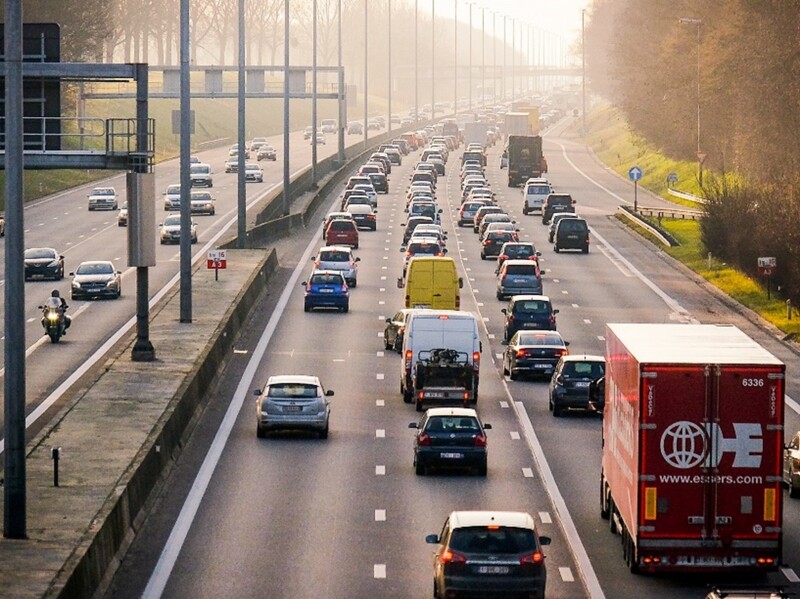CO2 emissions of road traffic in the EU ETS
20130
2021
TML was asked by the Féderation Internationale de l'Automobile (FIA) to carry out a study to support the European Commission's considerations to apply emissions trading to CO2 emissions from road transport and buildings, given that current policy measures are insufficient to meet climate targets.
Including road transport in the existing EU ETS makes sense for two reasons: because it puts a cap on emissions and because it ensures that CO2 reductions happen where it is cheapest. A simultaneous drop in fuel taxation for road transport increases efficiency even more.
The European Commission is considering applying emissions trading to CO2 emissions from road transport and buildings. This could be through an extension of the existing emissions trading system (ETS) or through a new, separate ETS for these sectors. To substantiate its position on this, FIA (Féderation Internationale de l'Automobile - European Bureau) asked TML to carry out a study.
Future scenarios from the European Commission indicate that the climate goals of road transport will not be met with existing policies. Although vehicles are becoming more and more efficient, absolute emissions do not fall sufficiently due to increasing traffic volumes. Therefore, inclusion in the EU ETS makes sense: it puts a cap on emissions that decreases year-on-year.
Existing taxes on fuels in the EU already create an implicit carbon tax that is much higher for road transport (between €160 and €240/tonne CO2) than for other sectors (around €40/tonne CO2). Additional CO2 reductions are therefore more expensive in road transport than in other sectors. The inclusion of road transport in the EU ETS enables emissions trading. This allows reductions to be realised first in the sectors that can reduce their emissions at the lowest cost. Cost efficiency can be further enhanced by phasing out existing fuel taxes on road transport, so that we move towards a more equal level of carbon tax across all sectors.
We compared several options to apply emissions trading to road transport. Of these options, the following offers the most benefits: an inclusion of road transport in the existing EU ETS, for both freight and passenger transport, at the level of fuel distributors, with auctioning of allowances. This can be complementary to existing instruments such as CO2 standards for new vehicles and makes some other instruments redundant. However, flanking policies are needed for low-income groups.
In the report, we mapped the current CO2 reduction policies for road transport and explained how the EU ETS works. We then explored the possible options for applying emissions trading in this sector and the interaction with existing policy instruments. Finally, we analysed the expected impacts of the most relevant options.
The final report can be downloaded under 'Reports' on this page and serves as a basis for FIA's communication to its members and its position defence towards European policymakers.
We compared several options to apply emissions trading to road transport. Of these options, the following offers the most benefits: an inclusion of road transport in the existing EU ETS, for both freight and passenger transport, at the level of fuel distributors, with auctioning of allowances. This can be complementary to existing instruments such as CO2 standards for new vehicles and makes some other instruments redundant. However, flanking policies are needed for low-income groups.
In the report, we mapped the current CO2 reduction policies for road transport and explained how the EU ETS works. We then explored the possible options for applying emissions trading in this sector and the interaction with existing policy instruments. Finally, we analysed the expected impacts of the most relevant options.
The final report can be downloaded under 'Reports' on this page and serves as a basis for FIA's communication to its members and its position defence towards European policymakers.


